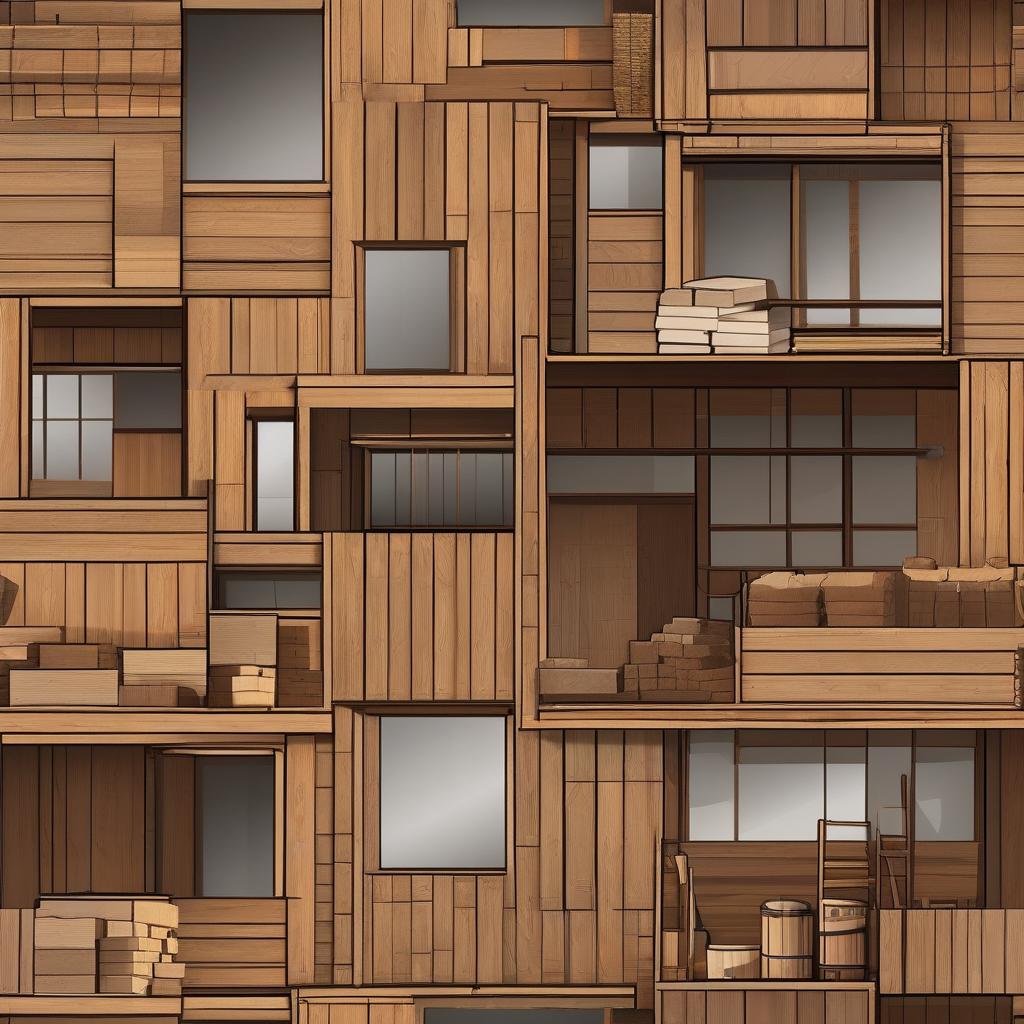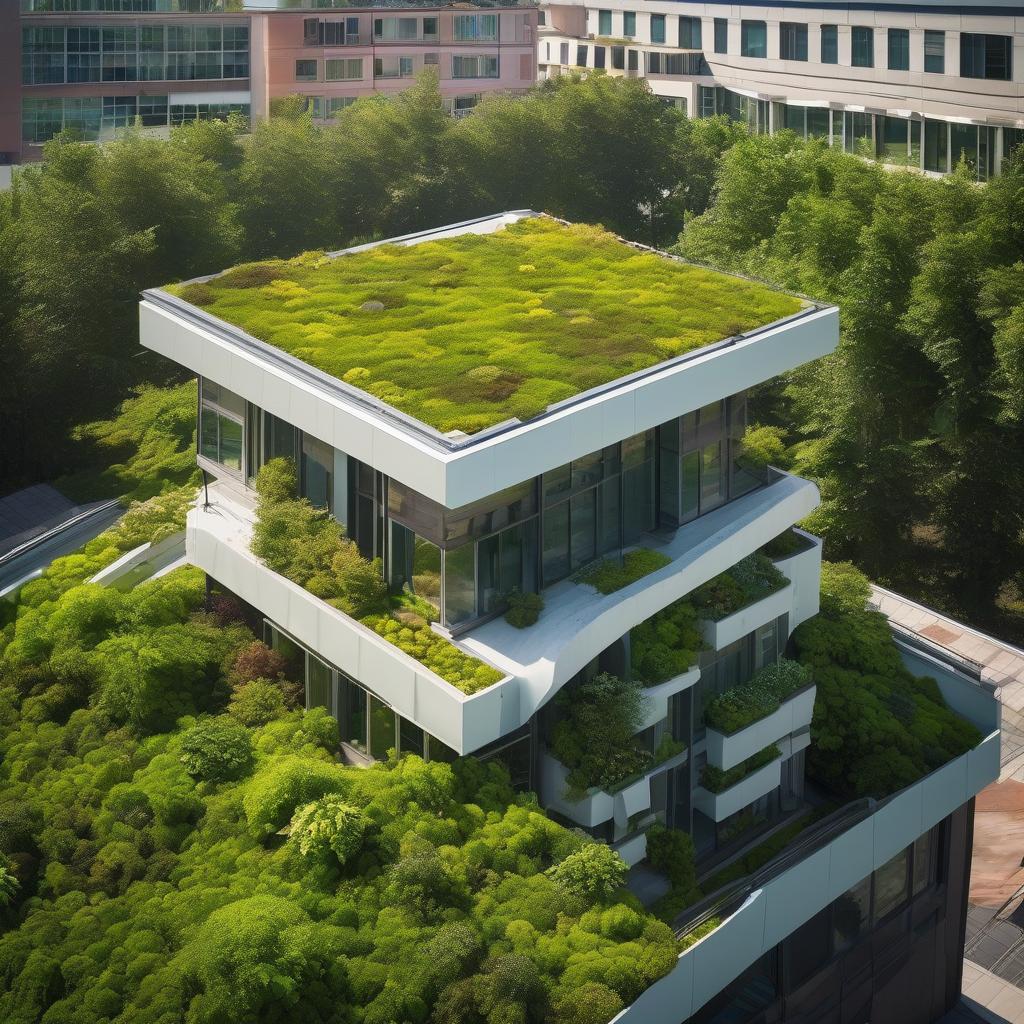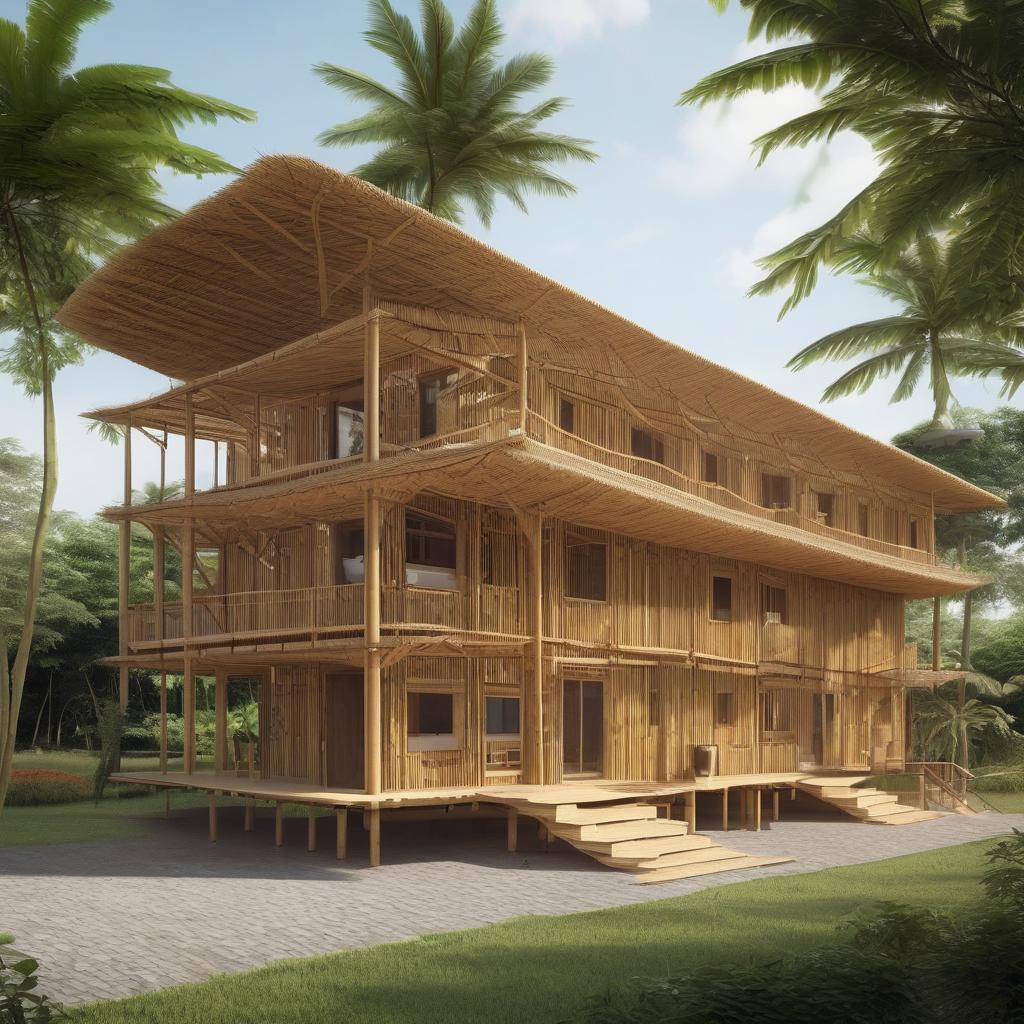Building Materials Every Ghanaian Homeowner Should Know
Introduction Choosing the right building materials in Ghana can make or break your construction project. With diverse climates—from the humid coast to the arid north—and challenges like termites, flooding, and budget constraints, selecting durable, cost-effective materials is critical. This guide highlights 10 essential building materials every Ghanaian homeowner should know, including traditional favourites and modern innovations. Let’s dive in! 1. Laterite Blocks What it is: A reddish, iron-rich clay soil abundant in Ghana. Why it’s great: Naturally insulated, affordable, and perfect for Ghana’s tropical climate. Best for: Load-bearing walls, foundations, and eco-friendly homes. Cost: ~GHS 1.50–GHS 2.50 per block (cheaper than sandcrete). Pro Tip: Pair with cement plaster for added water resistance in rainy regions like the Volta Area. 2. Stabilised Earth Bricks (SEBs) What it is: Compressed earth mixed with 5–10% cement for strength. Why it’s great: Eco-friendly, fire-resistant, and 30% cheaper than conventional blocks. Best for: Affordable housing projects in Kumasi or Tamale. Did You Know? SEBs are used in Ghana’s Housing for All initiative for low-cost homes. 3. Bamboo What it is: Fast-growing, renewable grass harvested in Ghana’s forest zones. Why it’s great: Sustainable, lightweight, and ideal for temporary structures or décor. Best for: Fencing, scaffolding, and eco-lodges in eco-tourism hubs like the Ashanti Region. Warning: Treat with borax to prevent insect damage. 4. Aluminium Roofing Sheets What it is: Corrosion-resistant metal sheets coated for durability. Why it’s great: Withstands heavy rains, UV rays, and lasts 50+ years. Best for: Pitched roofs in flood-prone areas like Ketu South. Cost: GHS 150–GHS 300 per sheet (long-span is pricier but sturdier). 5. Sandcrete Blocks What it is: Cement, sand, and water mixed and moulded into blocks. Why it’s great: Widely available and easy to use. Best for: Urban homes in Accra where speed matters. Drawback: Poor insulation—avoid in extreme heat zones like Bolgatanga. 6. PVC Pipes What it is: Plastic pipes resistant to corrosion and chemical damage. Why it’s great: Perfect for Ghana’s hard water areas (e.g., Cape Coast). Best for: Plumbing and drainage systems. Pro Tip: Use Class C pipes for underground drainage to avoid cracks. 7. Terrazzo Flooring What it is: Composite material made of chips of marble, quartz, or granite set in cement. Why it’s great: Durable, heat-resistant, and a staple in Ghanaian homes. Best for: Living rooms and outdoor spaces in Kumasi or Takoradi. Cost: GHS 80–GHS 150 per m². 8. Pozzolana Cement What it is: Eco-friendly cement blended with volcanic ash or calcined clay. Why it’s great: Reduces carbon footprint and costs 15% less than Portland cement. Best for: Foundations and plastering in eco-conscious builds. 9. Raffia Palm What it is: Fibre from the raffia palm tree, common in Ghana’s wetlands. Why it’s great: Water-resistant, flexible, and biodegradable. Best for: Thatch roofing, mats, or temporary shelters in rural areas. 10. Termite-Resistant Treated Wood What it is: Lumber chemically treated to repel termites. Why it’s great: Essential for Ghana’s termite-prone regions (e.g., Northern Ghana). Best for: Doors, window frames, and roofing structures. Brands to Try: Timber Treatment Ghana or Greenlife Wood Protection. Frequently Asked Questions (FAQs) 1. Which is better: laterite blocks or sandcrete blocks? Laterite blocks are cheaper and better insulated, but sandcrete is faster to build with. For long-term savings, laterite wins! 2. How do I maintain bamboo structures? Treat with anti-termite chemicals annually. Avoid direct soil contact to prevent rot. 3. Where can I buy stabilised earth bricks in Ghana? Check with Habitat for Humanity Ghana or local SEB producers in Tamale and Kumasi. 4. Are aluminium roofs noisy during rain? Yes, but you can install insulation or use thicker sheets (0.55 mm+) to reduce noise. 5. Is terrazzo flooring slippery? Polished terrazzo can be slippery—opt for a textured finish or use rugs in high-traffic areas. 6. Can I use PVC pipes for hot water? No! PVC warms at high temperatures. Use CPVC or galvanised pipes instead. 7. How long does termite-resistant wood last? Up to 20 years with proper treatment and maintenance. 8. Is pozzolana cement as strong as regular cement? Yes! It meets Ghana Standards Authority (GSA) requirements and gains strength over time. 9. What’s the cheapest roofing option? Corrugated iron sheets (~GHS 100 per sheet), but they rust faster than aluminium. 10. Can I build a house entirely with bamboo? Yes, but it’s better for temporary or hybrid structures. Use bamboo for walls and aluminium for roofing. Conclusion From termite-resistant wood to budget-friendly laterite, Ghana offers a wealth of building materials tailored to its climate and culture. By prioritising durability, sustainability, and local availability, you can construct a home that stands the test of time without breaking the bank. Need Help Sourcing Materials? Medlan Prestige partners with trusted suppliers across Ghana. Contact us for a free quote and quality assurance for your building materials!
Building Materials Every Ghanaian Homeowner Should Know Read Post »



